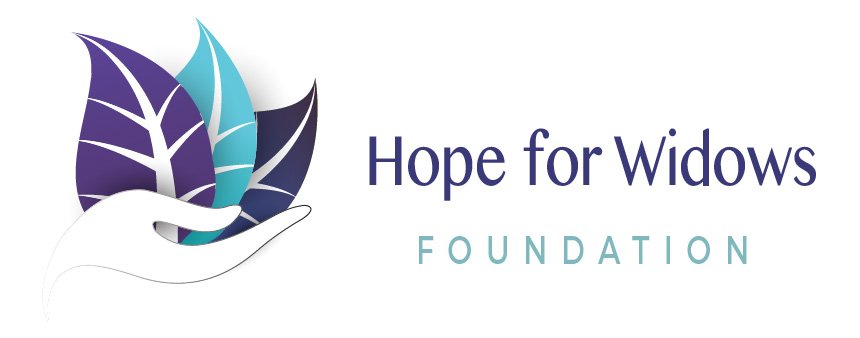It isn’t black veils over gray hair. It isn’t wrinkly hands clasped in front of them standing at the cemetery. It isn’t (always) a 90 year old staring out the window at gloomy clouds day after day. There is no scarlet W on the dress.
This is the image society has created for us to accompany the word widow. Perhaps that’s due to the movies and books from the past. Maybe it’s the image that forms when we think of the constant, forever sadness we think of when it comes to losing a spouse. I think some parts are painted by our idea that we wouldn’t, and shouldn’t, lose our partner any earlier than our 90’s.
But the truth is, a widow is so much more.
Who is a Widow?
Being widowed at 29, I realized the term is not just reserved for those in the last decade of their life. She could be anyone. She could be a mother of two who lost her husband to cancer. She could be a single woman who had just gotten engaged and lost her partner in a car accident. She could be a same-sex partner who lost her spouse to a sudden illness. She could be anyone from any walk of life who has experienced the devastating loss of a spouse or partner at a young age.
One thing that all widows have in common is that they are navigating a world that was not designed for them. The world is built for couples, and it can be difficult to find your place when you are suddenly single after planning a life together with your partner.
Widows face unique challenges that require immense strength and resilience. They must learn to live with their grief and pain, while also dealing with the practical challenges of managing their finances, taking care of their families, and making decisions alone.
Despite these challenges, young widows are often incredibly strong and resourceful. They learn to lean on their support networks and find ways to move forward with their lives while still honoring the memory of their partner. They may become advocates for others who have experienced similar losses, or they may find new passions and purposes that help them navigate their grief.
Resilience
Did you know there are four types of resilience: physical, emotional, mental and social resilience. And let me tell you, widows are forced to tackle each of these every. Single. Day.
This resilience is not something that comes easily. It requires a tremendous amount of courage and determination to face each day, to take on the responsibilities that were once shared with a partner, and to create a new path forward.
Widows must also deal with the judgments and expectations of those around them, cue the social resilience. Some people may assume that they should “move on” or “get over it,” without understanding the deep and lasting impact of grief. Others may be critical of the choices they make in terms of relationships, careers, and other aspects of their lives.
Social resilience involves the ability to continue social interactions with friends, family, and colleagues, despite the profound impact of grief. Widows must find a way to maintain these relationships, even as they cope with the complex emotions that come with loss. This can be a difficult task, as many widows struggle with feelings of isolation, loneliness, and disconnection from the world around them.
But widows are resilient in the face of this, too. They learn to tune out the noise and focus on what matters most to them. They find support from others who understand their experiences, and they build new relationships that honor the memory of their partner while also creating a new future.
This resilience is a testament to the strength of the human spirit. Widows may be faced with unimaginable pain and loss, but they show us that it is possible to overcome even the most difficult challenges with courage, determination, and love.
So, on National Widows Day, I want you to know widows come in all ages, stages and walks of life. Widows are 20 and just engaged, newlywed adventuring with no children. Widows are in their 30’s juggling newborns and toddlers, teens and all the milestones they bring. Widows are entering grandparenthood, a part of life you plan to start with the partner you’ve always had. Widows are heartbroken and in pain but joyful and smiling. Widows are so many people and so many things. But no matter what, they are strong and resilient.
**Have you heard about Hope for Widows Foundation’s annual Restoring Hope & Peace Grant program? It was established by the organization in 2019 to help widowed women offset financial challenges as they navigate their healing journey. You can find out details, timeline and the history of this grant here: https://hopeforwidows.org/

